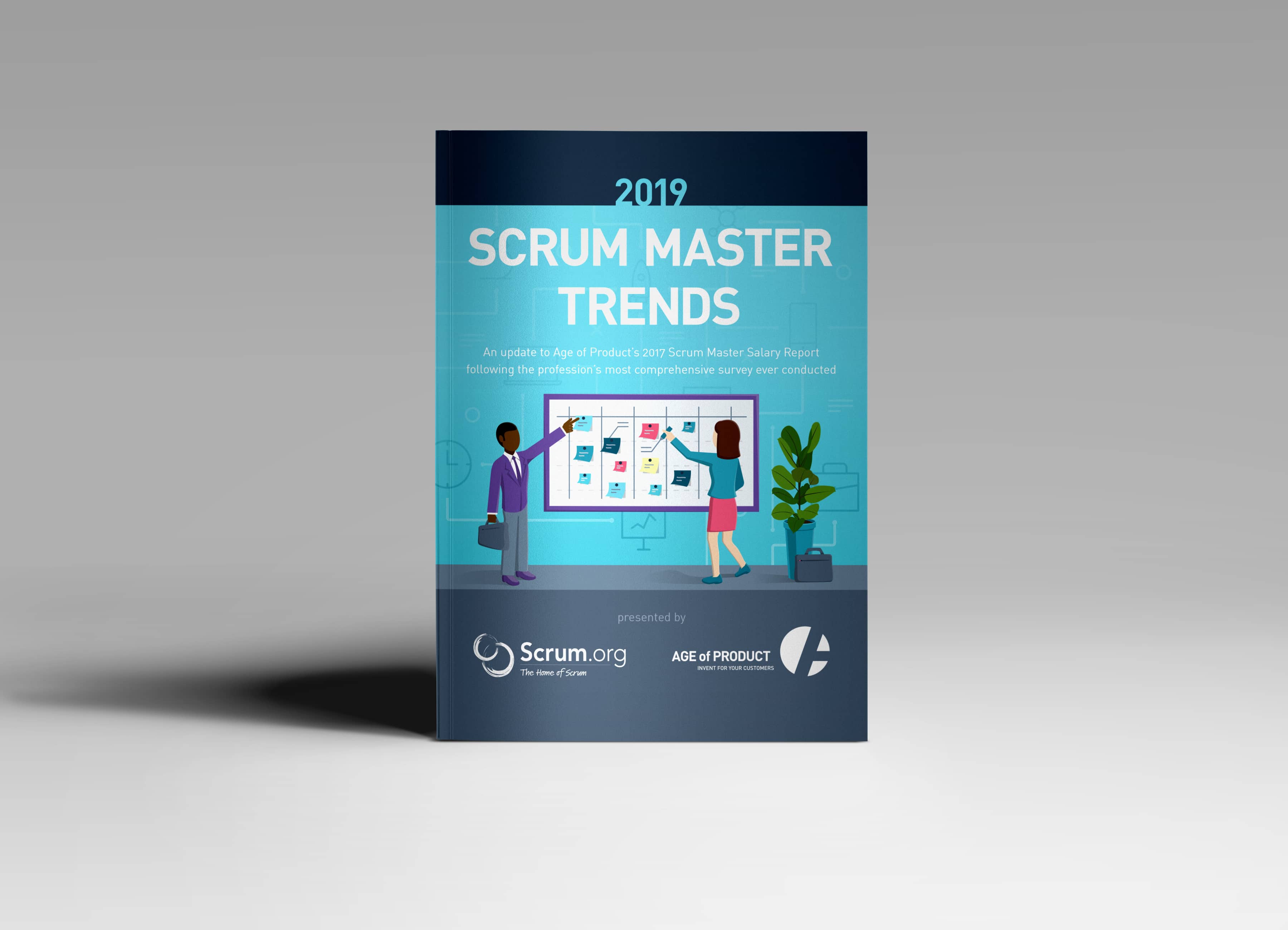Adopting agility is never just adopting agile practices. It’s not even about adopting an agile culture. Although these things are important, if you do not achieve better business results, implementing an agile approach is not worth the investment. Your path to greater business efficiency begins with determining what results are most important to your organization’s success. This knowledge helps in making decisions about how to adapt the approach and lead the transformation to show measurably the progress in achieving key business goals.
Scrum Maturity Assessment (audit)
Is Scrum still a fad or status quo?
Agile/digital transformations are becoming more and more popular, also in large organizations. This trend for about 15 years, has become increasingly visible not only in IT departments but in virtually every field and business sector.
There are various reasons why organizations decide to “implement” an agile approach. On the one hand, it is possible that the methods of value delivery used so far. management and leadership did not bring the expected results. On the other hand, it happens that suppliers themselves are “forced” to provide services in the agile model, otherwise, they will not be compatible with the client’s requirements and procurement processes (called Procurement). They will lose the client to the competition.
Another reason is “fashion”, organizations opt for Agile because this style of management is becoming more common or expected by the employees themselves, especially in the era of the so-called “employee era”, ubiquitous body leasing, extremely present, especially in the IT industry. This translates into the need to build a positive image of the employer (called employer branding) encouraging future employees with an agile culture and a positive work atmosphere.
“We can’t solve problems by using the same kind of thinking we used when we created them.”
Albert Einstein
Fancy presentations… no results
Whatever the reasons, real, hidden, and maybe political … the approach and planning of the change management process (which is also an agile transformation) does not often end with the noticeable and measurable effect only visible in PowerPoint presentations and during presentations vision during the quarterly “Town Halls”. Sometimes called “one-day transformation”, where after sending an email from senior management and training people in Agile theory from the proverbial “Monday” we are “agile”.
Understand the underlying causes
No matter what the transformation methods are, problems are natural, but worse when their layering causes the organization is not satisfied with the achieved effect. Because regardless of whether, why or how we implement the transformation, investing any capital in anything that does not bring real benefits is pointless.
One thing is certain: Scrum is not the goal in itself but only a “tool” for achieving business goals. So the question arises: How do your company and teams use it efficiently?
Over 15 years of experience in scaling Agile organization-wide
We have over 20 years of active, non-linear, and versatile experience in IT, broadly defined management, leadership, coaching (ICF), personal development, mentoring, and training. We work with both management teams and agile teams (not only in the IT sector), creating modern, value-oriented teams and work environments.
We have supported or led agile/digital transformation initiatives in more than 10 organizations, encompassing not only IT or PMO departments but also business, HR, legal, finance, marketing, sales, and support departments.
We have mentored and coached management teams, C-level representatives, directors, and shareholders.
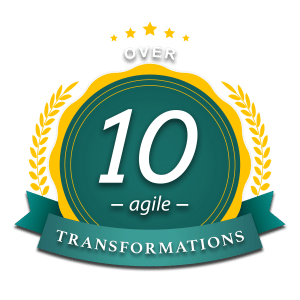
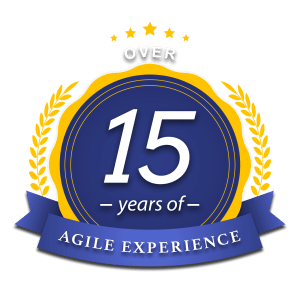
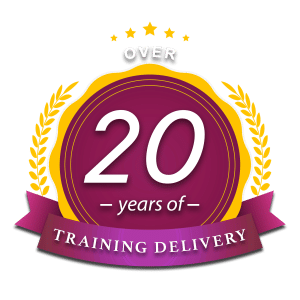
(framework agnostic) Agile Coaches and Change Leaders
We view ourselves as individuals not restricted to any particular framework (framework agnostic).
However, to meet diverse market demands, we stand out as the sole entity in Poland featuring certified coaches and mentors experienced in various agile transformations. We cover all major agile frameworks and methodologies, including Scrum, Kanban, S@S, NEXUS, Large Scaled Scrum (LeSS), Scaled Agile Framework (SAFe), Disciplined Agile Delivery (DAD), Dynamic Systems Development Method (DSDM), Agile Project Management (AgilePM), PRINCE2 Agile, alongside lightweight approaches like Team of Teams Design and Team Topologies.
In essence, these tools serve as our "toolbox" for scaling Agile and spearheading significant organizational change initiatives, employing methodologies such as PROSCI.
Our offer
As part of the Scrum implementation/maturity audit service, we check the current level of effectiveness of Scrum or Scrum Studios at teams and organisational levels. We compare and confront empirically collected evidence with our experience and examples of Scrum’s “implementations” in organizations of similar complexity.
The below list is only a fraction of the areas we study. It is the observation mechanism, the opportunity to look from the expert eye, a fresh eye from a distance allows you to observe what is happening daily. Culture, habits, process maturity, metrics, and continuous improvement process have many areas to observe and check. A significant part of these things requires experience and the ability to impartial, non-judgmental and non-critical observation of people and their behaviour.
An original spreadsheet presenting anonymized, selected Scrum delivery metrics from a real SAFe team with which we had the pleasure of working (real-life example)
Areas of intrest
Below are examples not a complete list
As part of our work, we pay special attention to:
- Are the teams working in Scrum able to consistently achieve the goals of Sprints and provide value/product, at least once under Sprint / Iteration?
- Unfortunately, practice often shows the opposite.
- Does the team work together like a mature team? A team is able to consciously use the unique competencies of each of its members and exchange tasks when necessary. A team that can manage conflicts within a team in a mature way, even in the case of significant differences in people’s personalities? … and many others,
- Unfortunately, practice often shows low awareness and level of cooperation within teams as well as frequent conflicts at the personnel level (open or non-open).
- How does the team make difficult decisions and whether and if so, on what terms does it assume obligations and responsibility?
- Unfortunately, practice often shows the authoritarian, autocratic attitudes of a Product Owner.
- Does the product delivered at the end of the Sprint / Iteration meet the DoD criteria (both business and non-functional resulting from, among others, good software engineering practices)?
- Unfortunately, practice often shows a tendency to “bend” reality, postpone difficult and uncomfortable tasks for later and generate (aware or not) technical debt.
Audit lifecycle
The more work put into the planning and preparation phases of an audit, the smoother the conduct of the audit. In this step, it’s very important on how audit people will be introduced. Definitely not as Auditors, since in most organizations this word has a negative connotation. Rather as Coaches or Consultants who will observe, give feedback and mentor lessons. We estimate that up to 10% of the total project time is required for both the Plan and Prepare phases.
Using our unique methodology, maturity model, experience, and deep-dive checklists, a further 75% of the project time is required to perform the audit. This phase involves observation, interviews, cross-checking, verification and validation steps. The key aspect here is trust, building relationships and gaining the trust of the people being audited. Only this way any empirically gained information will we valuable for further refinement.
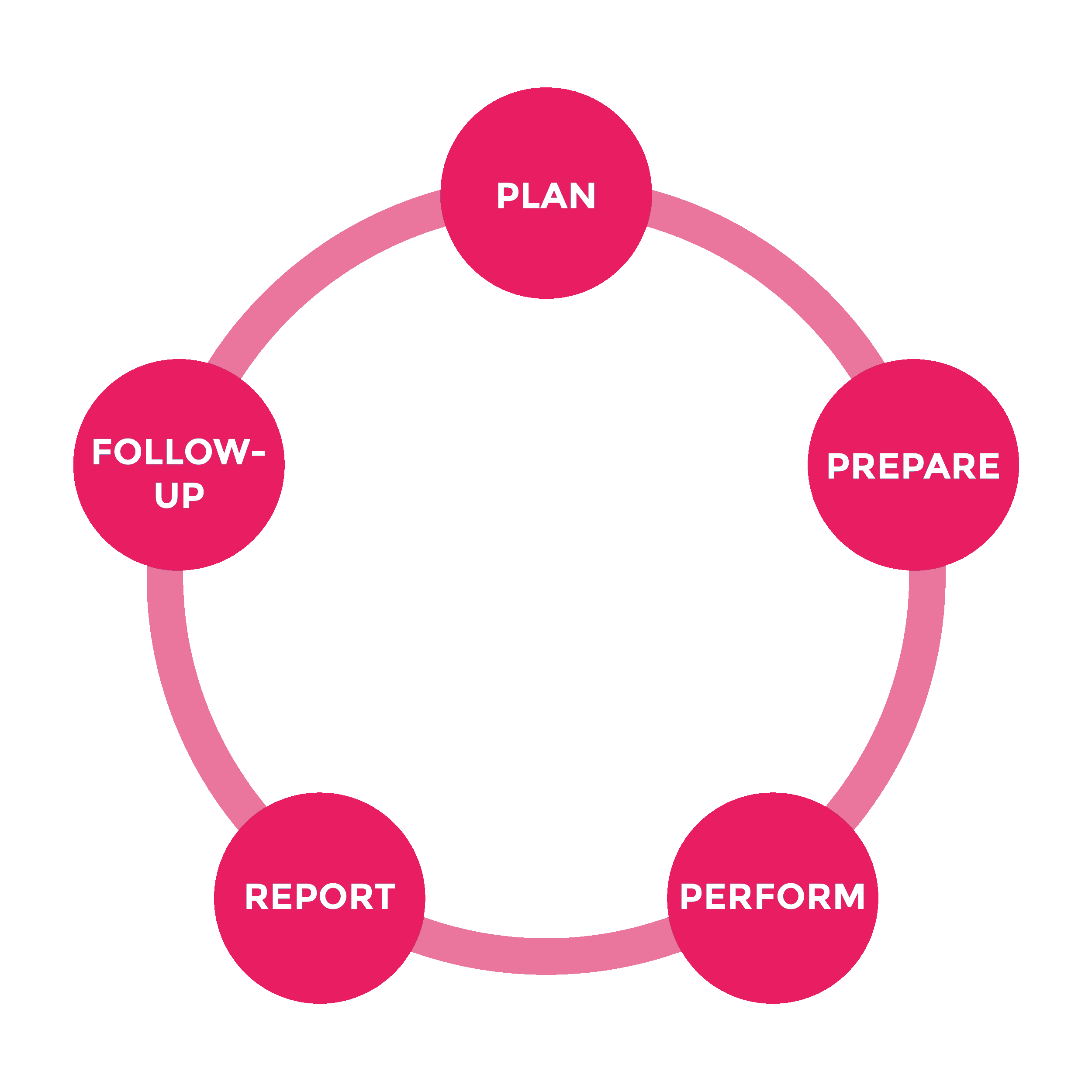
Understand the underlying causes
The maturity assessment/audit process is carried out using comparative methods, quantified (qualitatively and quantitatively), as well as through interviews, observations, surveys, and, if necessary, short workshops. Naturally, the results of this activity are presented along with recommendations/suggestions.
The results of the Audit are documented formally and presented to the organisation in a standard report with formalised findings. This is part of the concluding stages in this Report phase. If the audit determines areas for quick wins and improvement, further Follow-Up actions may be necessary to close out these issues.
Audit length
The length of the audit and how it is conducted depends on the characteristics of the client’s organization. However, the minimum period is work for a period of two Sprints / Iterations. After the audit, the client receives a report and recommendations for further development.

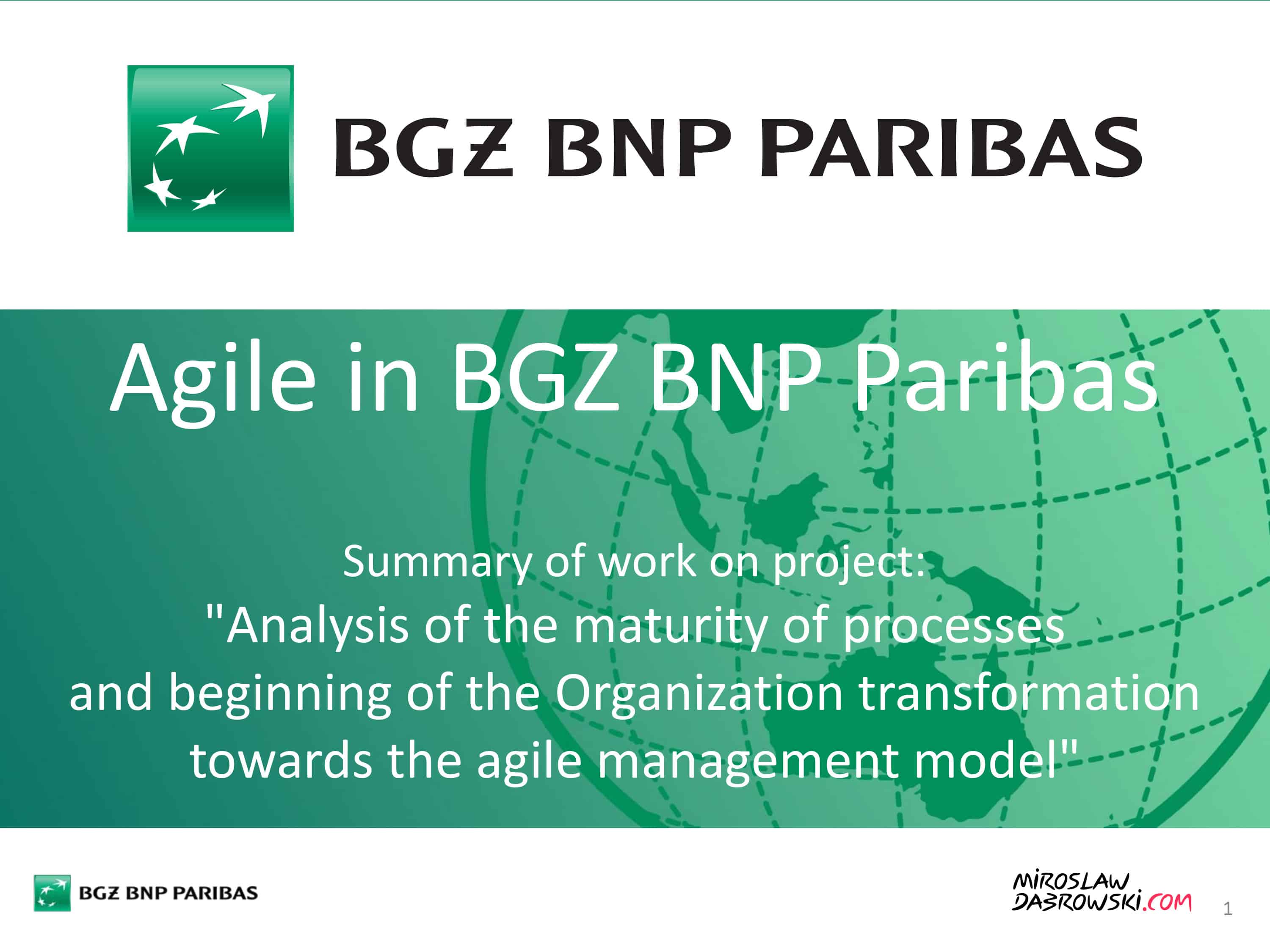
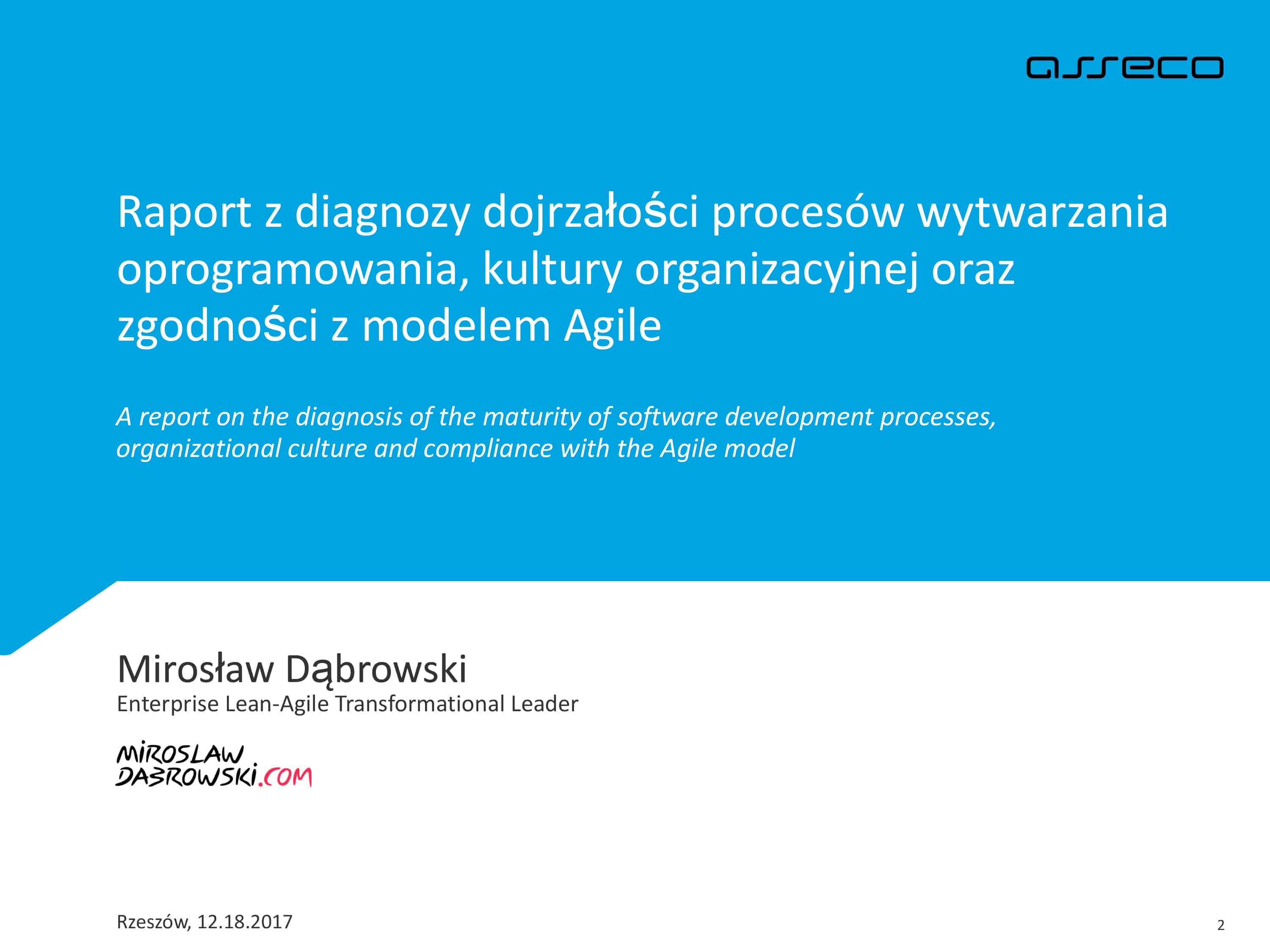
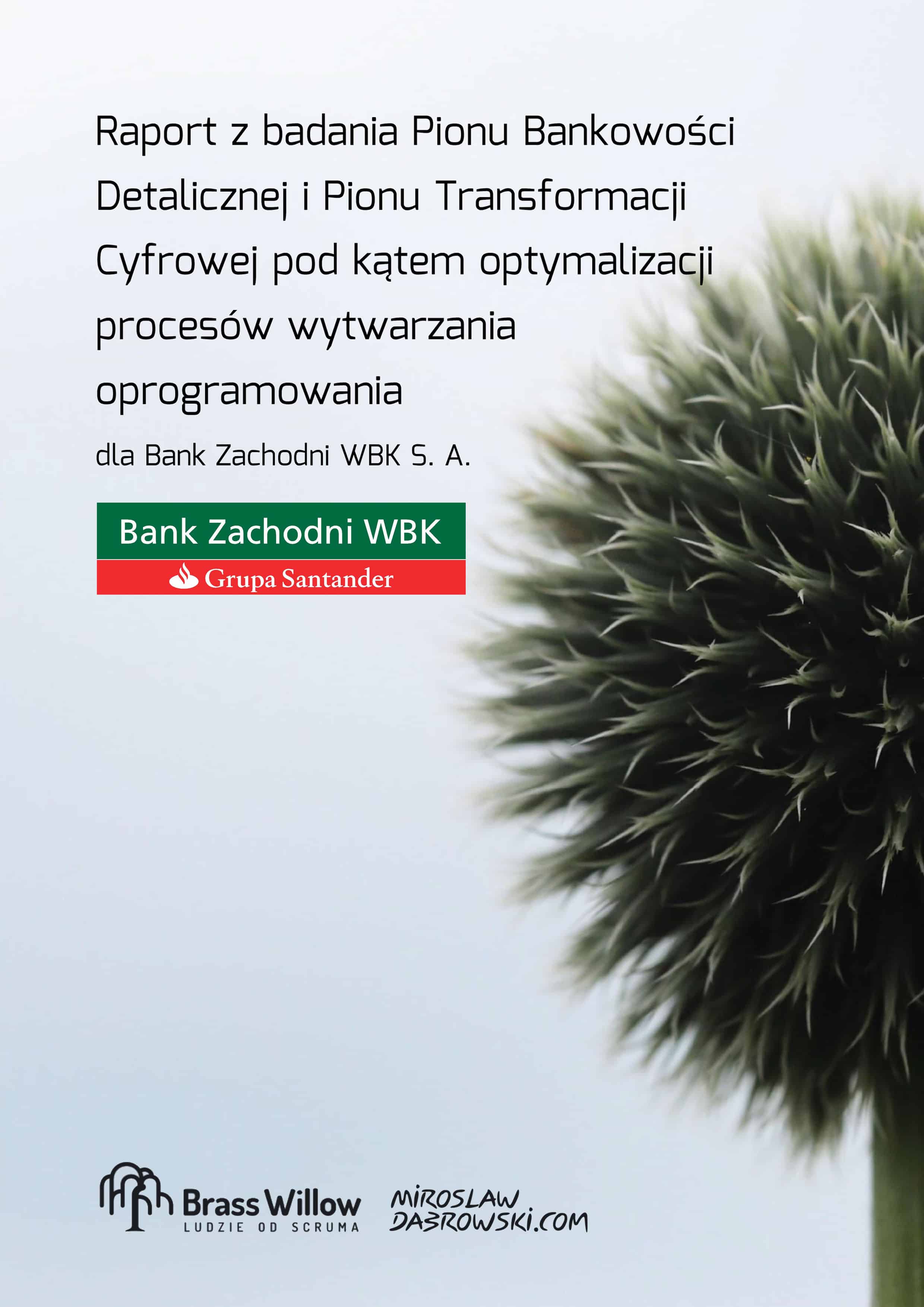















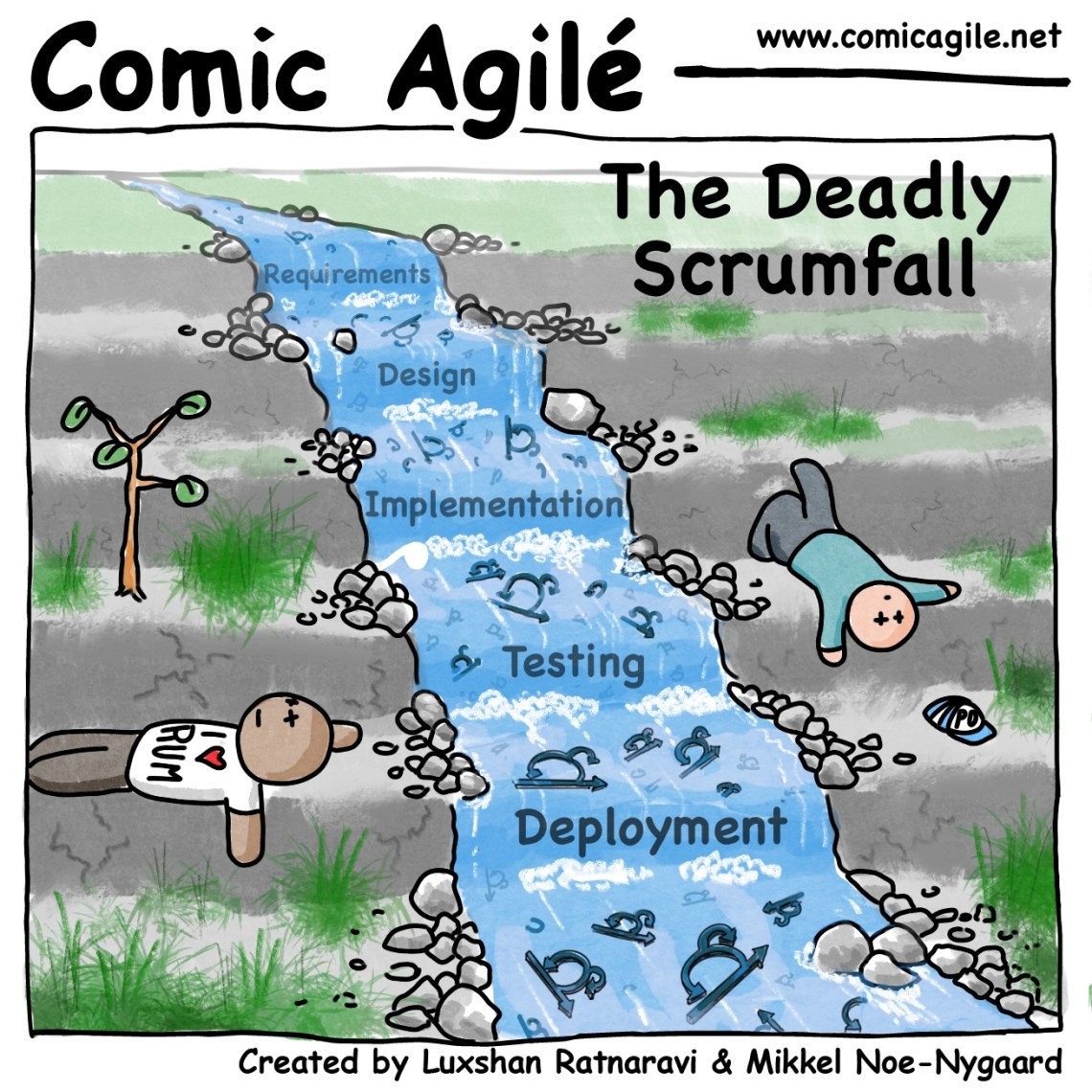
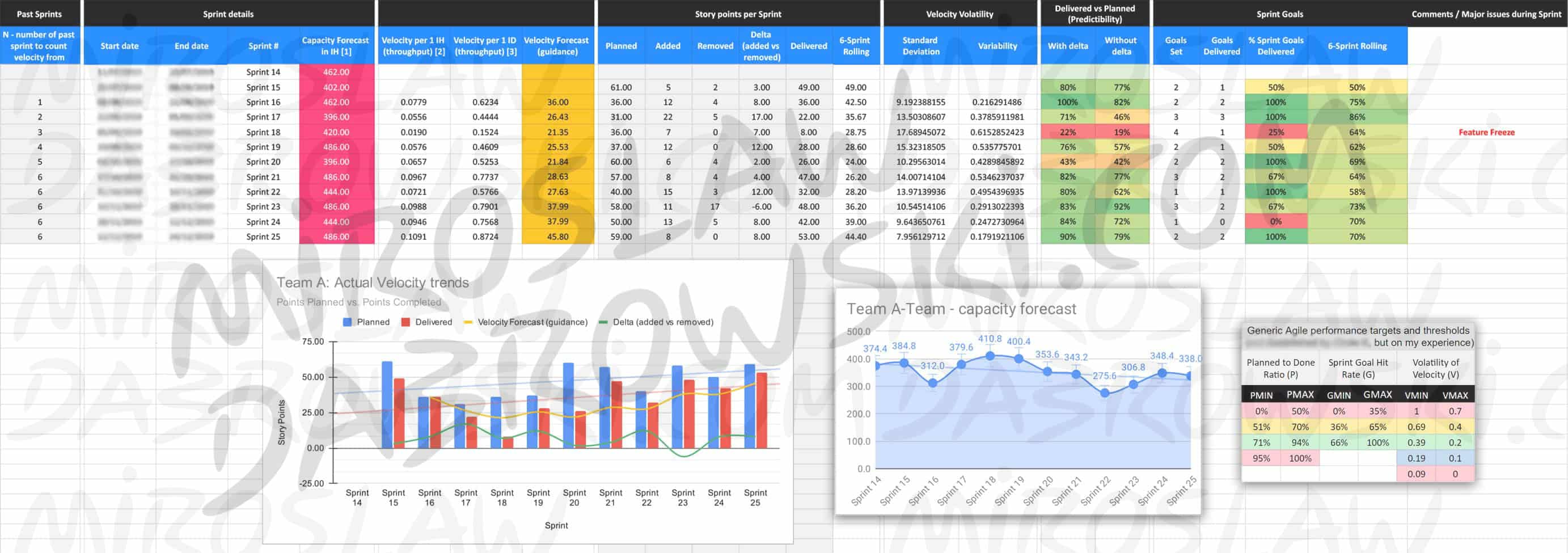
![Scrum Guide [2020.11]](https://miroslawdabrowski.com/wp-content/uploads/2024/01/Scrum-Guide-2020.11.jpg)


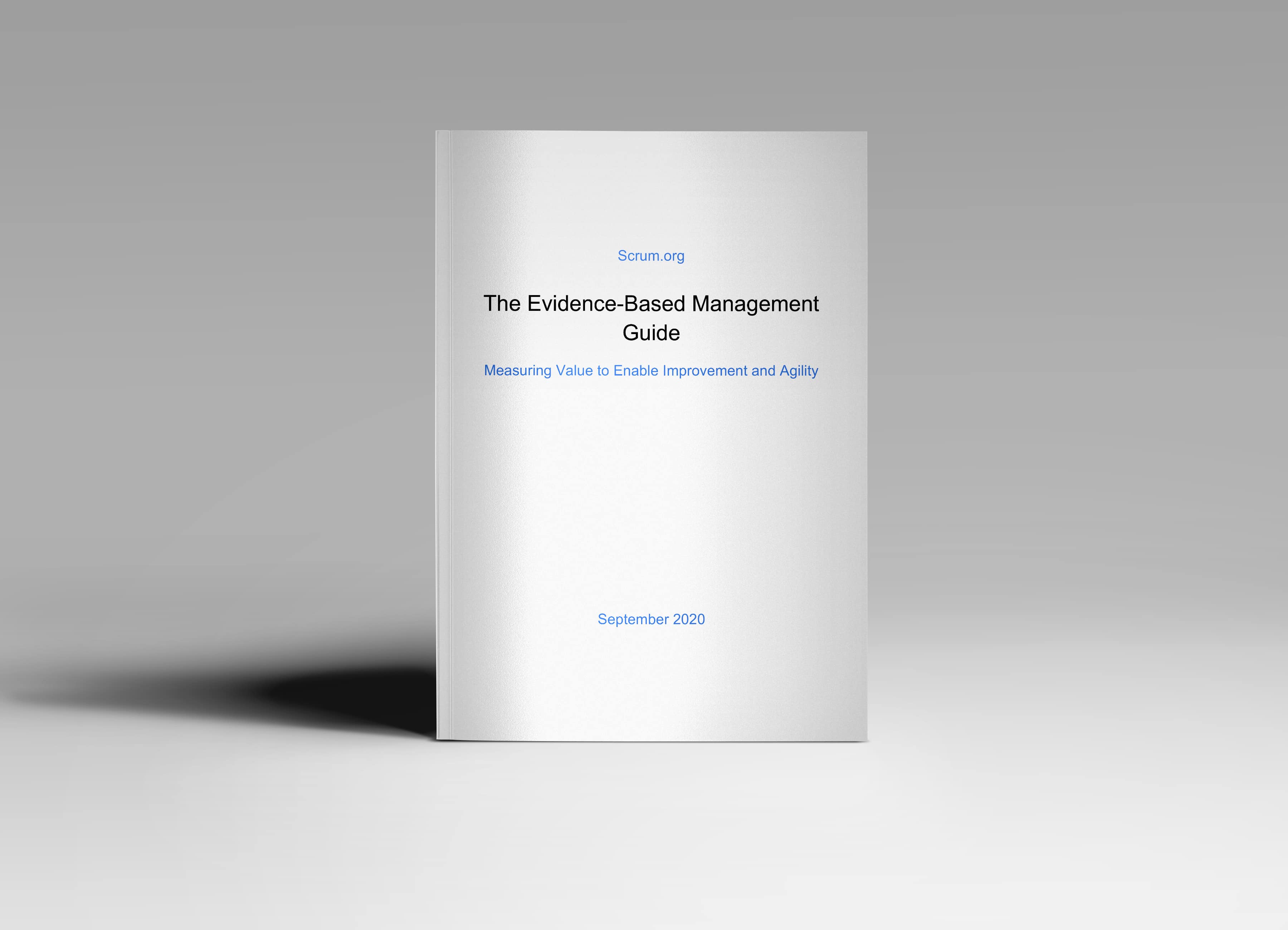
![Evidence Based Management Guide [2019.01]](https://miroslawdabrowski.com/wp-content/uploads/2019/01/Evidence%20Based%20Management%20Guide%2001.2019.jpg)
![Evidence Based Management Guide [2018.09]](https://miroslawdabrowski.com/wp-content/uploads/2018/10/Evidence%20Based%20Management%20Guide%2009.2018.jpg)
![The 8 Stances of a Scrum Master Whitepaper v2.0 [2017.05]](https://miroslawdabrowski.com/wp-content/uploads/2017/10/The%208%20Stances%20of%20a%20Scrum%20Master%20Whitepaper%20v2.0%20%5B05.2017%5D.jpg)
